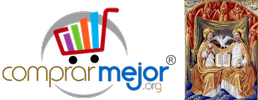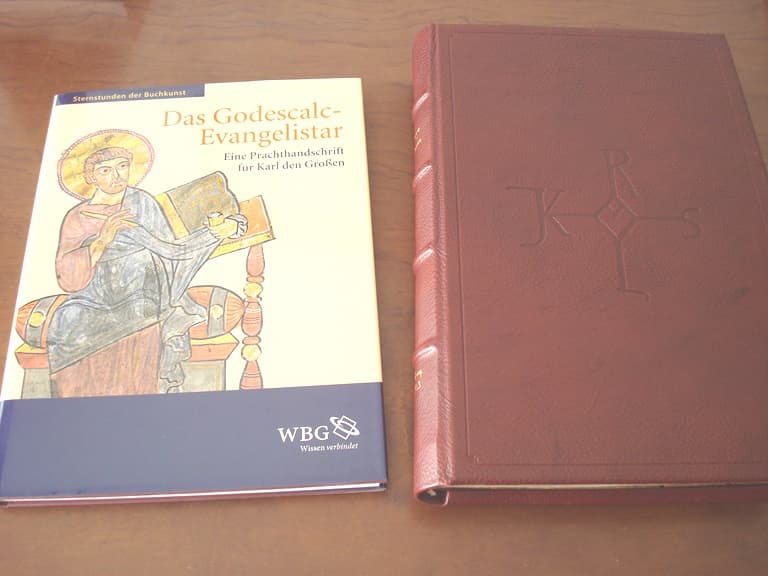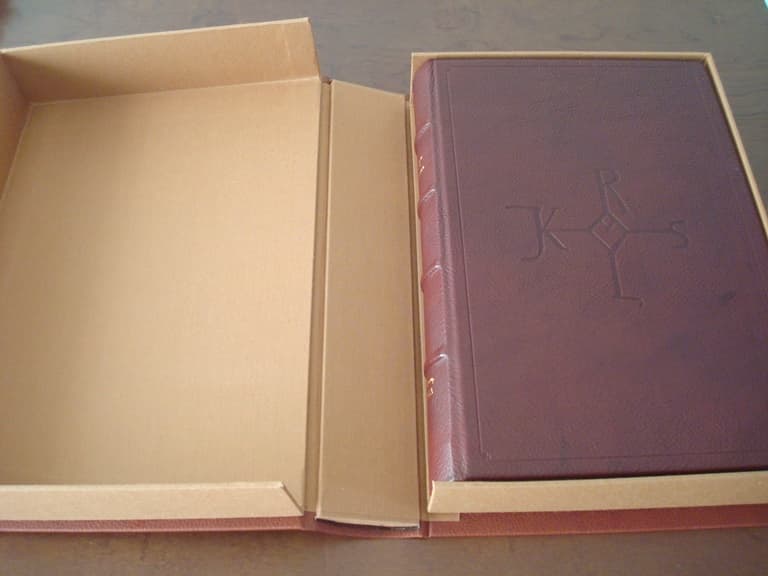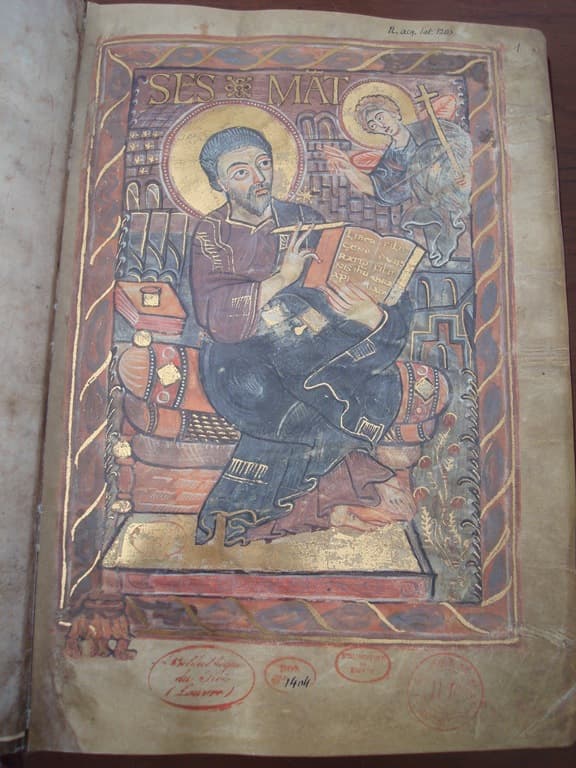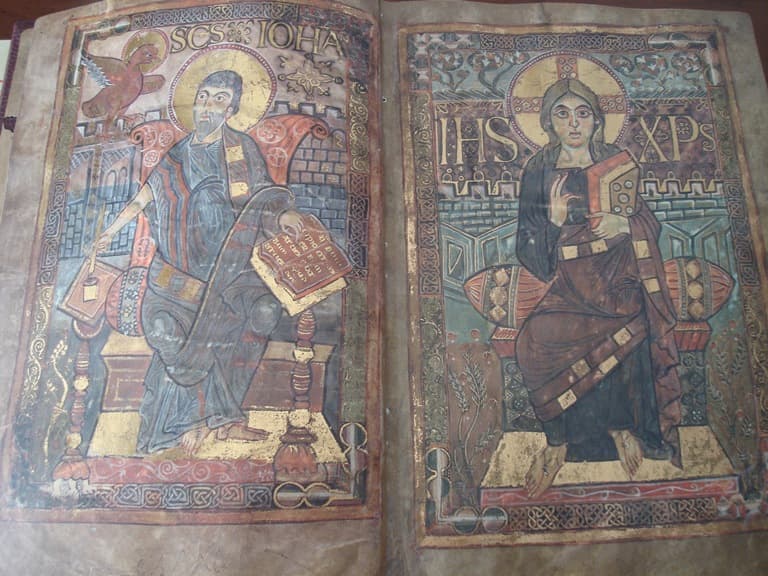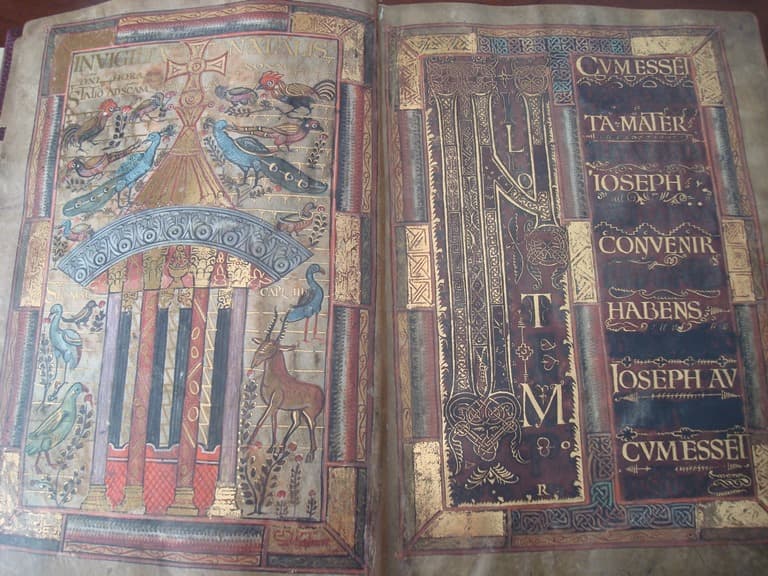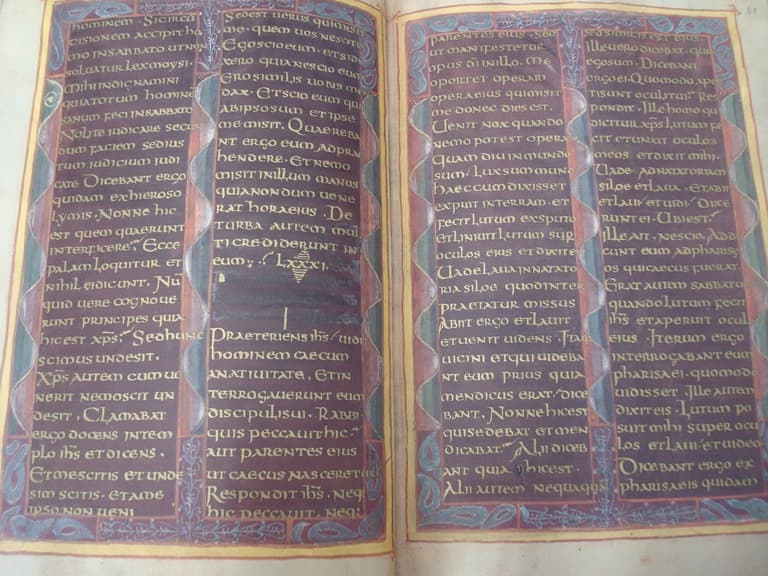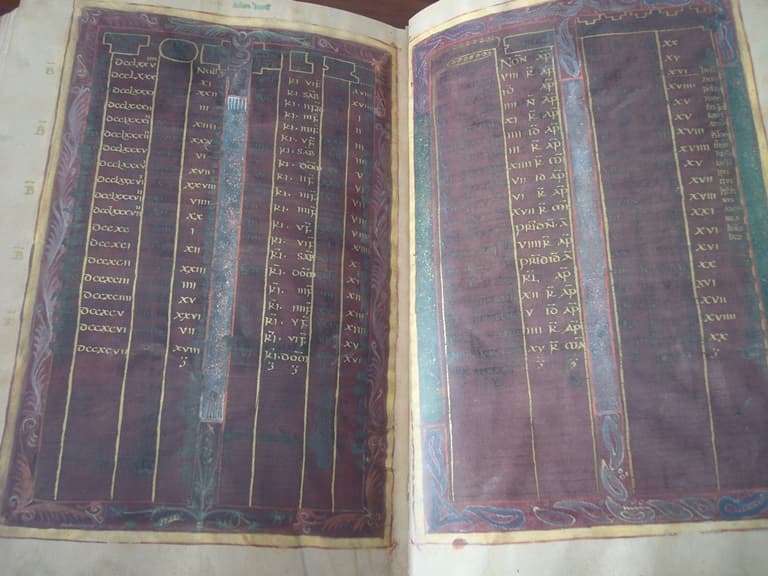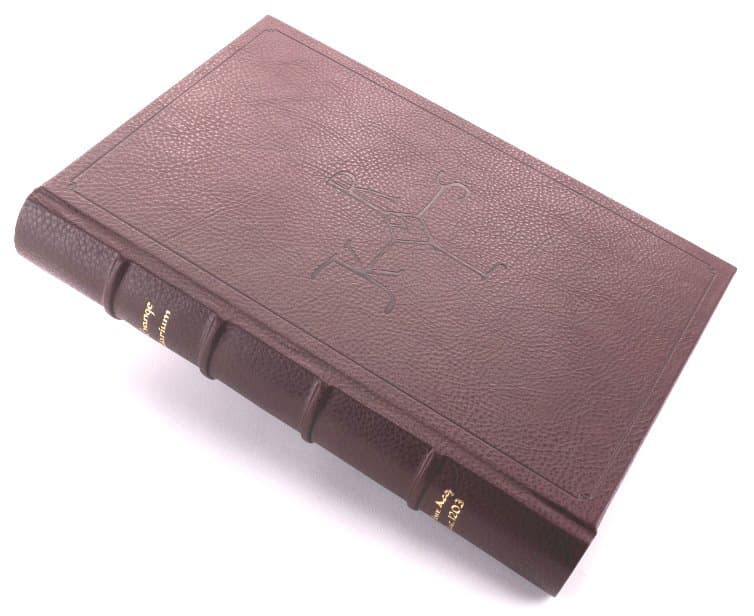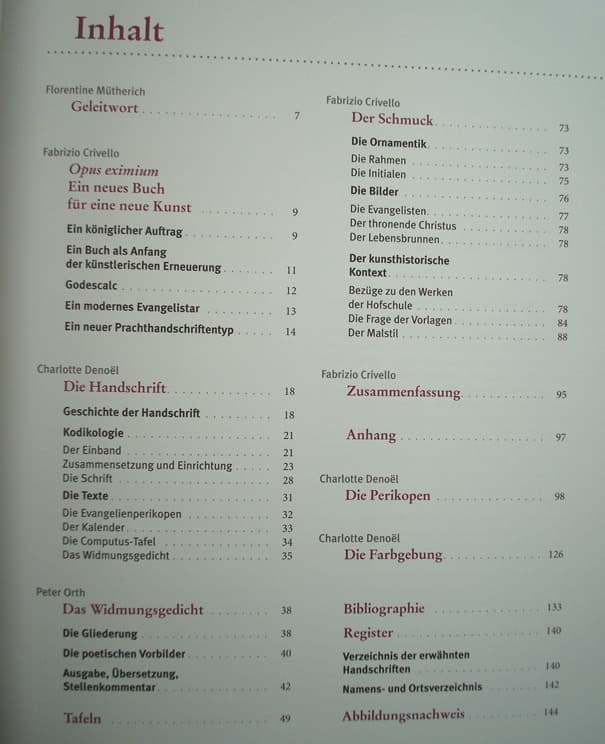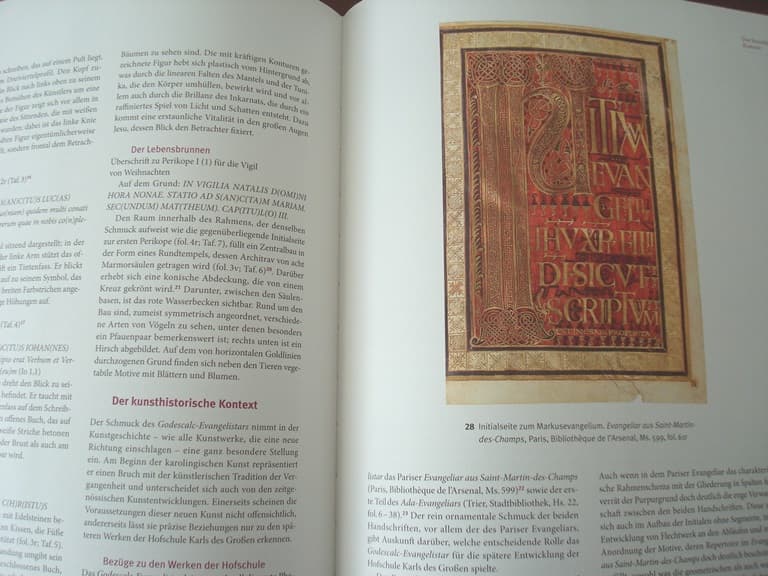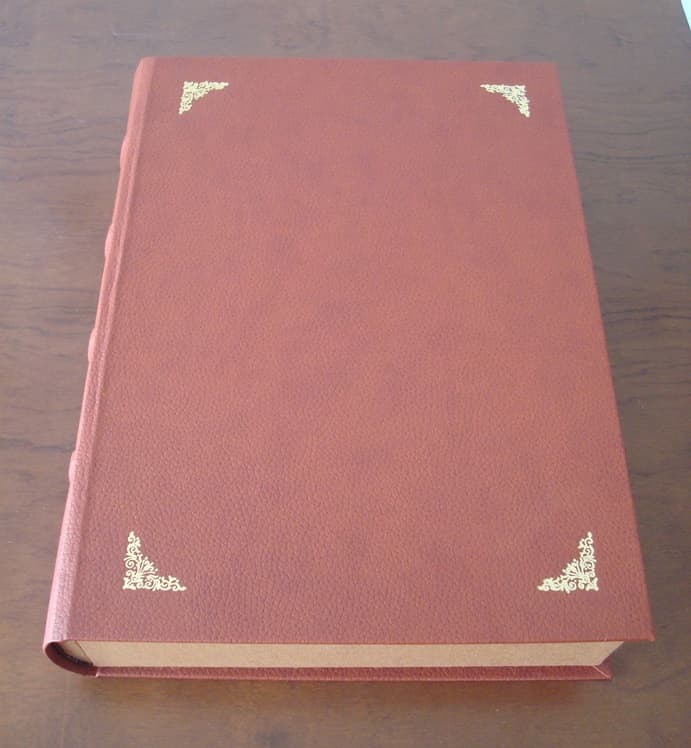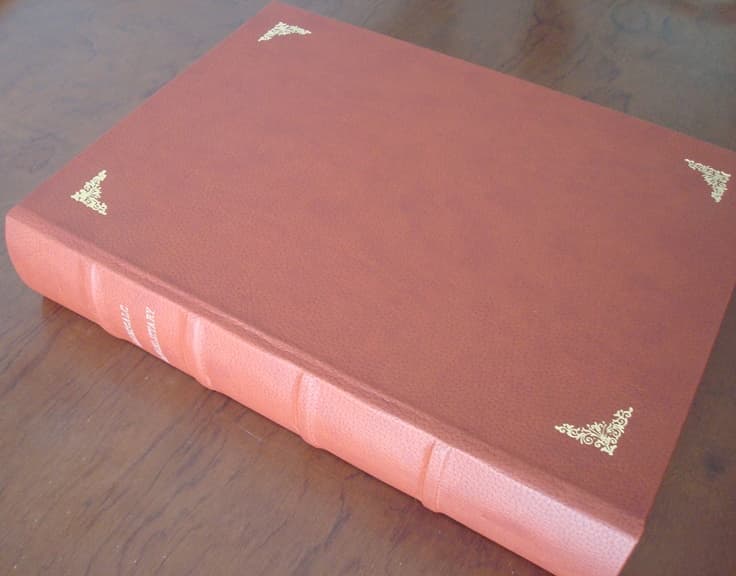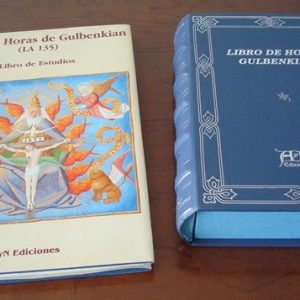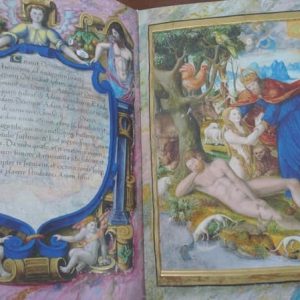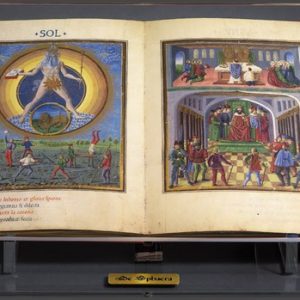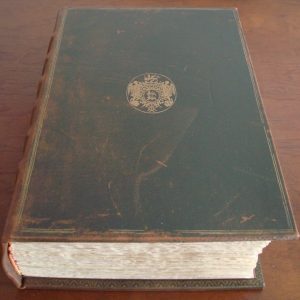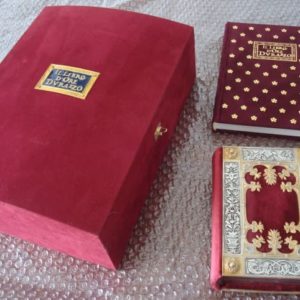Description
Extraordinary facsimile edition of Godescalc’s Gospel Book, from the 8th century, the original of which is preserved in the National Library of France, signature Ms. Nouv. Acq. The t. 1203
Two facsimile editions of this medieval codex have been produced, one in 2011 by Faksimile Verlag, with 882 copies, and another in 2015 by Facsimile Finder, with a different binding, which corresponds to this copy that we offer.
Edition numbered and limited to 98 copies. Facsimile bound in leather on wood decorated with a dry stamping motif. Format 23 x 32.8 cm. 258 pages.
The facsimile was not delivered with a box-case, therefore, and exclusively, we delivered this extraordinary work with a book-type box-case covered in leather, 4-ribbed spine with gold title, format 27 x 36 x 7 cm, for that you can keep it in your library as it deserves.
Accompanied by a study book bound in hard cover with illustrated dust jacket, format 22.5 x 29.5 cm. 144 pages with illustrations. Texts in German. Edited in 2011. ISBN 9783896787590.
Godescalc’s Gospel Book is one of the most important works of the European Middle Ages. Created for Charlemagne between 781 and 783, this large manuscript set the highest standards for book production in the Carolingian period and incorporated text and design practices that continue to this day. Each of the 248 pages of text is dyed purple and decorated with borders of interlocking and geometric designs.
This luminous manuscript originated in the scriptorium of the Charlemagne Court School in Aachen. Today, there are still eight complete manuscripts and one fragment from this scriptorium, of which Godescalc’s Gospels is the oldest. The liturgical manuscript owes its name to the scribe Godescalc who accompanied Charlemagne on his journey to Italy.
Alternating lines of gold and silver (now tarnished) letters in two columns shine on the dark pages. Six full-page illuminations prefix the text of the Gospel readings for the liturgical year. The four portraits of evangelists, Christ in Majesty and the Fountain of Life show in images the revival of classical Rome that was the cornerstone of the Carolingian Renaissance.
According to Godescalc, the scribe who records his name in the Latin dedication poem at the end of the manuscript, the book was created to commemorate the baptism of Charlemagne’s son Pepin in Rome. This poem, and the earlier calendar, preserve a great deal of information about the book’s patronage, purpose, and the period in which it was made.
The six full-page illuminations that precede the text are based on iconographic traditions dating back to the ancient Mediterranean. The four evangelists, all seated on cushions and writing their respective gospels, admire the symbols that accompany them, drawing inspiration from the divine for their works. On the first page, Mateo sits alone inside an earthly city. Next, Marcos and Lucas form a spectacular two-page image because, although they recede from each other, the bands in the background run continuously across both pages. John follows, writing in a heavenly city in front of the figure of Christ enthroned, looking from the page with large eyes, the source of the divine to which the reader must look. The final image, the Fountain of Life, is based on the Lateran Baptistry, the ultimate source of eternal life.
While the inspiration for these images faces south, the ornate initials beginning in the text face west, toward insular books like the Lindisfarne Gospels. With their elaborate and intricate interlocking, the letters dematerialize into an image in their own right. This union of Christianity’s past and present is at the center of the Carolingian Renaissance, a political, religious, and cultural movement that would forever mark the course of Western Europe.
Written in gold and silver on purple-stained pages, the main script is a mixture of Roman uncial and rustic capitals. An evangelist, the content is the Gospel readings in Latin throughout the liturgical year beginning with Christmas. Below is a calendar and tables for calculating the date of Easter. In the final section, a dedication poem written in dactylic pentameter, which is the first record of minuscule carolina, a script derived from the insular script and which forms the basis of modern typography.
The poem also records the patrons, Charlemagne and his wife Hildegard, and that the book was commissioned on the occasion of their son’s baptism in the Lateran in Rome, an event that would help set the stage for Charlemagne’s later coronation as Holy Emperor. Germanic Roman Empire in the year 800.
The book spent almost a millennium at Saint-Sernin in Toulouse before it passed into state ownership at the end of the 18th century. Napoleon kept it in the Louvre. It entered the Musée des Souverains in 1852 and is now in the National Library, being one of its most precious treasures.
Copy complete and in perfect condition.
Free shipping for this item. Ask us any questions you have, indicating the article reference.


